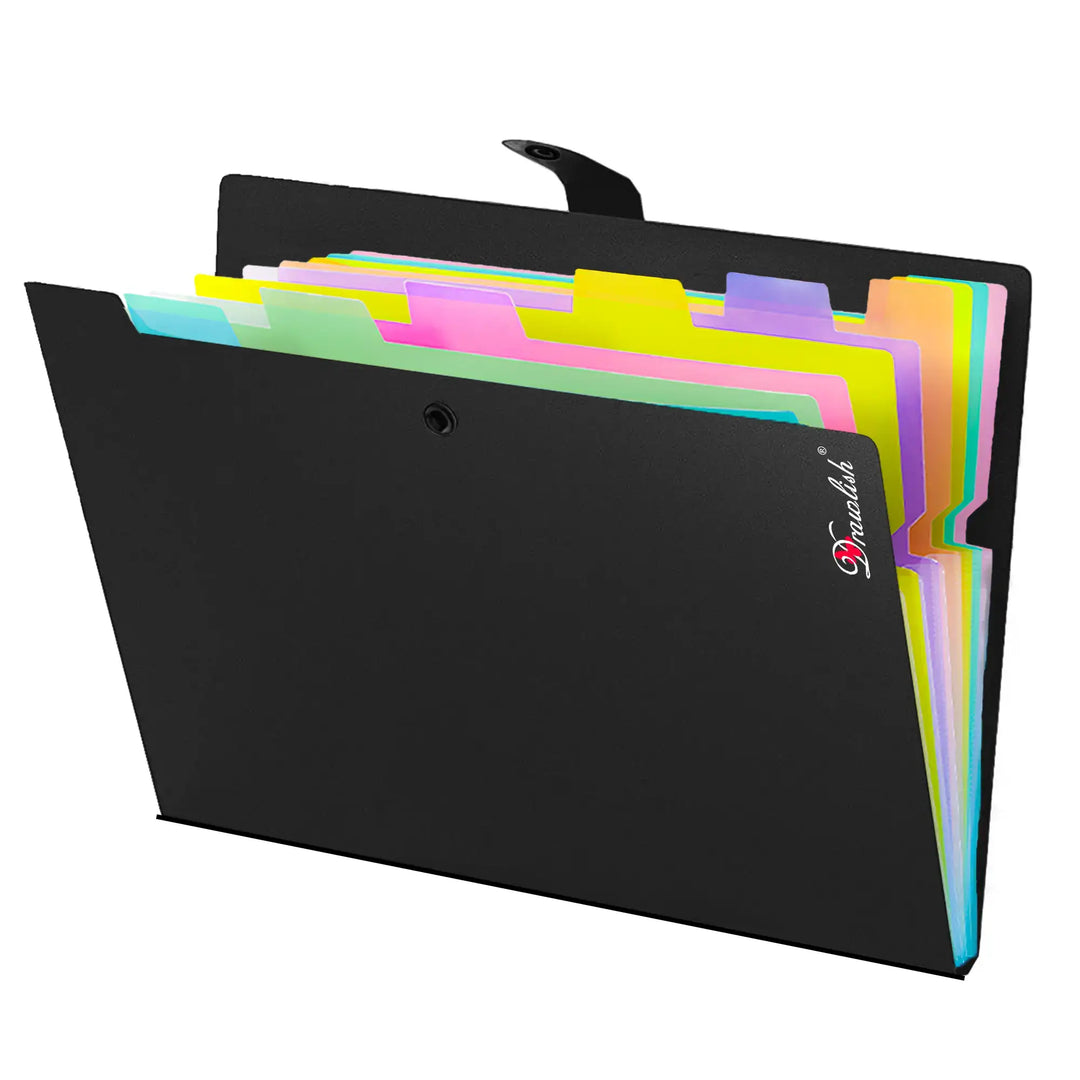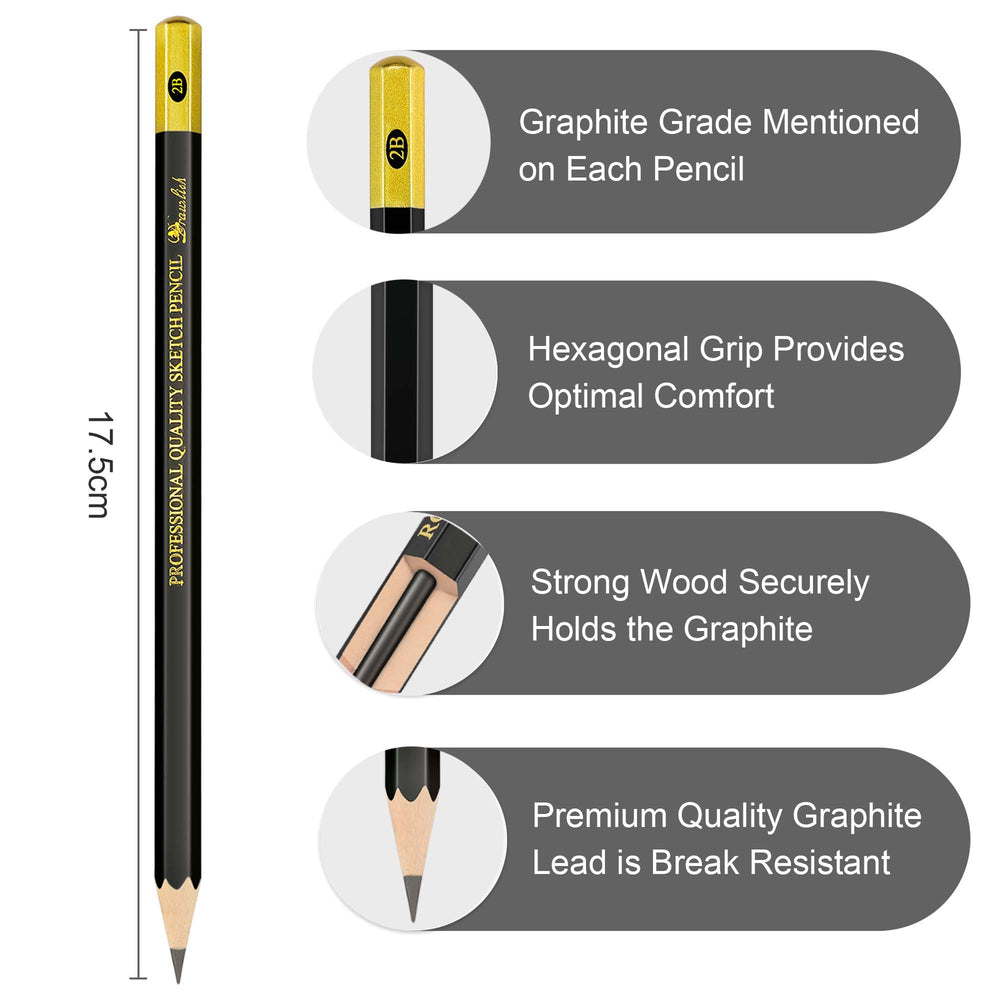How to Use Acrylic Paint Like Watercolor: Here's How!
Acrylic paint is a versatile medium that artists love for its vibrant colors and quick drying time. But what if you want to capture the soft, translucent look of watercolor using acrylics? It’s easier than you might think! In this comprehensive guide, we’ll reveal the secrets to turning your acrylic paints into stunning watercolor effects, even if you're a beginner. Read on to discover the tips, tricks, and techniques that will elevate your art to the next level.

Why Use Acrylics as Watercolor?
Before diving into the how-to, let’s explore why you might want to use acrylic paint as watercolor. Acrylics are known for their opacity and bold colors, but with the right techniques, you can achieve the delicate, layered look that watercolors are famous for. Here are some compelling reasons to try this:
| Reason | Description |
| Versatility | Acrylic paint can be used in thick, opaque layers or thinned out to create transparent washes, making it incredibly versatile. |
| Durability | Unlike traditional watercolors, acrylics are permanent once dry. This means your work won’t lift or smudge if it gets wet. |
| Layering | Acrylics allow you to build up layers without disturbing the underlying colors, giving you more control over your final piece. |
| Easy Correction | Made a mistake? You can easily paint over acrylics, unlike watercolors, which can be less forgiving. |

Materials You’ll Need:
To achieve a watercolor effect with acrylic paint, you’ll need a few specific materials. Here’s what you should have on hand:

Step-by-Step Guide to Using Acrylic Paint Like Watercolor
Now, let’s get to the fun part, turning your acrylics into watercolor-like masterpieces. Follow these steps for stunning results:
1. Start with a Clean, Wet Surface
Begin by lightly wetting your watercolor paper with a clean brush or a spray bottle. This will help your thinned acrylic paint spread more easily and create that fluid, watercolor effect.
2. Thin Your Acrylic Paint
Squeeze a small amount of acrylic paint onto your palette. Add water gradually, mixing with your brush until you reach the desired consistency. The more water you add, the more transparent your paint will become. Remember, it’s better to add too little water and adjust as needed.
3. Apply in Layers
Just like traditional watercolor, build your painting in layers. Start with light, broad washes to establish the base colors and then gradually add more detail as the layers dry. The beauty of acrylic is that each layer dries quickly, allowing you to work efficiently.
4. Experiment with Techniques
To achieve different effects, try these techniques:
- Wet-on-Wet: Apply wet paint onto a wet surface for soft, diffused edges.
- Wet-on-Dry: Use wet paint on a dry surface for sharper, more defined lines.
- Dry Brush: For texture, use a brush with very little water and paint over a dry area.
5. Enhance with Mediums (Optional)
If you’re looking for more control, consider using an acrylic medium. A flow medium, for example, can help maintain color vibrancy while increasing fluidity, making it easier to achieve a watercolor effect without over-thinning your paint.
6. Let It Dry Completely
Acrylic paint dries quickly, but give your piece ample time to dry between layers to avoid muddying the colors. Once finished, your painting will be vibrant and permanent, no need to worry about reactivating the paint with water like traditional watercolors.

Pro Tips for Stunning Results
To get the most out of your acrylics-turned-watercolor, keep these expert tips in mind:
| Tip | Description |
| Use Quality Paint | High-quality acrylics are more pigmented and will give better results when thinned out. |
| Control the Water | Finding the right water-to-paint ratio takes practice. Start with less water and gradually increase until you find what works best for your style. |
| Layer Strategically | Since acrylics dry quickly, plan your layers to build up color intensity and depth. |
| Experiment Freely | Don’t be afraid to try different techniques and tools. Acrylics are forgiving, so play around with textures, washes, and blending. |

Common Mistakes to Avoid
Learning how to use acrylic paint like watercolor comes with a learning curve. Here are a few common mistakes to watch out for:
| Mistake | Description |
| Over-Thinning | Adding too much water can weaken the paint and cause it to lose its vibrancy. Aim for a balance where the paint is fluid but still maintains color intensity. |
| Rushing the Layers | Patience is key. Let each layer dry completely before adding the next to avoid muddying the colors. |
| Using the Wrong Paper | Regular paper may buckle or tear when wet. Always opt for a heavier, high-quality watercolor paper for the best results. |

FAQs About Acrylic Paint
1. Can I Use Alcohol to Thin Acrylic Paint?
Yes, you can use alcohol to thin acrylic paint, but it’s essential to do so carefully. Here’s what you need to know:
- Method: Mix a small amount of isopropyl (rubbing) alcohol with your acrylic paint. Start with a 1:1 ratio and adjust as needed.
- Caution: Do not exceed 20% alcohol in the mixture. Too much alcohol can affect the paint’s adhesive properties and alter its drying behavior.
- Benefits: Alcohol dries quickly, maintains color intensity, and doesn’t significantly impact paint adhesion.
- Note: Inhaling alcohol fumes can be harmful, so ensure proper ventilation.
2. How Do You Soften Dried Acrylic Paint?
When acrylic paint dries, it becomes challenging to soften, but there are methods you can try:
- Sanding: Gently sand the surface of dried acrylic paint using fine-grit sandpaper or a sanding block. This can help smooth out rough areas.
- Heat Gun or Hair Dryer: Apply heat to the dried paint using a heat gun or hair dryer. Once softened, use a palette knife or scraper to smooth it out.
3. How to Make Acrylic Paint More Fluid?
To make acrylic paint more fluid and achieve a runnier consistency:
- Add Water: Gradually add water to your acrylic paint. Be cautious not to exceed 50% water, as it may affect adhesion.
- Acrylic Flow Improver: Mix a 50:50 ratio of water and a glazing medium (such as Golden Acrylic Glazing Liquid or Liquitex Professional Glazing Fluid Medium).
- Consider Acrylic Ink: Acrylic inks have a very fluid consistency and intense colors, making them an excellent choice for fluid effects.
4. Can You Revive Acrylic Paint with Water?
You can only revive acrylic paint that still has some moisture and remains glossy. Once acrylics dry completely, they cannot be rehydrated or reactivated. To prevent drying:
- Keep the Lid Closed: Always seal paint containers tightly to prevent excessive exposure to air.
- Avoid Excessive Water: When using acrylics, avoid adding too much water during application, as it can lead to faster drying.

Using acrylic paint like watercolor is a game-changer for artists looking to expand their techniques. With its versatility, durability, and unique properties, acrylics can help you create beautiful, watercolor-like art with a twist. Whether you're a seasoned artist or a beginner, these tips will help you unlock new possibilities in your artwork.
Ready to get started? Grab your acrylics, brushes, and water, and let your creativity flow! Your next masterpiece is just a few brushstrokes away.







Leave a comment